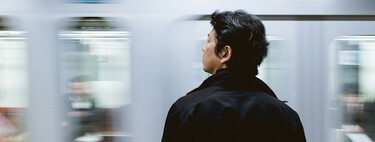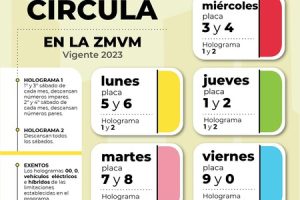It is a recurring joke in many workplaces, although I doubt that there are really many people who have staged it. “Take a nap” when no one sees you in a corner at work. In this, as in something else, Japan is decades ahead of us. We knew about the benefits of a nap, and there they are very clear that sleeping is sacred and they broke the taboo a long time ago. If you have to rest to recharge your batteries at work, you do it. Even “effort” is recognized.
A little snooze Last year, one of the top songs in Japan was “played” again. The Ministry of Health and Social Welfare asked the population to sleep more and better after two reports determined that the japanese didn’t get enough sleep. It is not a trivial topic. So much so, that for more than 10 years there has been a growing trend: Nap anywhere, even at the workplace.
Yes, it is accepted that employees sleep and, as we will see, the trend has caused an unusual market to flourish: that of devices and utensils to improve “sleeping” at work.
You have to sleep more. The trend in the country is even backed by studies that highlight the benefits for workers’ own health and productivity. Sleep in the office Not only is it common and socially accepted, as we said, it is even seen as a sign of diligence, something like “the person is so dedicated to his work activity that he gave everything to the point of exhaustion.”
Basically, a quite logical problem: Japan has long been one of the most sleep-deprived nations on the planet. In one study it was suggested that an average japanese sleeps less than 7 hours nightly. Consequence: the images of people sleeping on the way, in the subway or at work, but also in parks, cafes, bookstores, shopping centers and any other public place where they can “lie down”, even the ground if necessary.
Inemuri. Japan has many words that explain almost all the things that are not so clear in the West, and this was not going to be an exception. Inemuri means “present while sleeping.” As Dr. Brigitte Steger told the BBCfrom the University of Cambridge: “I first encountered these intriguing sleeping attitudes during my first stay in Japan in the late 1980s. At the time, Japan was at the peak of what became known as the sleep economy. bubble, a phase of extraordinary speculative boom. Daily life was correspondingly hectic. “People filled their schedules with work and leisure appointments, and barely had time to sleep.”
What the expert indicates is that, during that period of Japanese history marked by the post-war economic boom, the country earned the reputation of being a hard-working nation. with hardly any time to sleep. Translation: long days of work combined with a nap on the trip home. The same thing happened with the students, who stayed up all night and then fell asleep during classes the next morning.
We accept sleeping out of logic. This led Japanese society to an expected outcome: the nap due to lack of sleep was so widespread that it became one more social aspect with which one can live without problems or taboos. It doesn’t matter if it’s in class or at work, although with its rules, of course.
As Steger explained. On the implementation of Inemuri in society, “it depends on who you are. If you are new to the company and have to show how actively you are involved, you can’t fall asleep as soon as you arrive. But if you are 40 or 50 years old and you are not directly involved in a major issue, you can sleep. The higher up the social ladder you are, the more you can sleep.” And all this without forgetting the idiosyncrasy of the Inemuri (being present while you sleep), that is, that, although mentally absent, one must be able to return to the social situation in question when an active contribution is required.

A siesta market. Taking advantage of this trend, many Japanese companies have been presenting products designed to facilitate the perfect nap. For example, the company Koyoju Plywood Corp has small sleeping capsules, Giraffenap callsin cafes in Tokyo. They come with pads and platforms designed to ergonomically support a person’s head, butt, shins, and feet for a nap of about 20 minutes.
She’s not the only one. The Atex company sells the “Gogo no Makura”which translates as “afternoon pillow” and consists of a padded headrest with a hole in the center. Yes, the dream of nod perfect at the work desk becomes a reality in Japan, although always remembering that that nap is a sign that you have given every last drop you had left.
In Xataka | Taking a nap gives you a galaxy-sized brain. Science is increasingly clear
In Xataka | “They have dinner at 10, they work at 9”: Foreigners are understandably intrigued by how we sleep in Spain




![[Img #74023]](https://thelatestnews.world/wp-content/uploads/2024/10/Climate-change-intensifies-the-occurrence-of-extreme-heat-waves-150x150.jpg)








![[Img #74023]](https://thelatestnews.world/wp-content/uploads/2024/10/Climate-change-intensifies-the-occurrence-of-extreme-heat-waves-300x200.jpg)


Add Comment